Comparison of aspen and birch
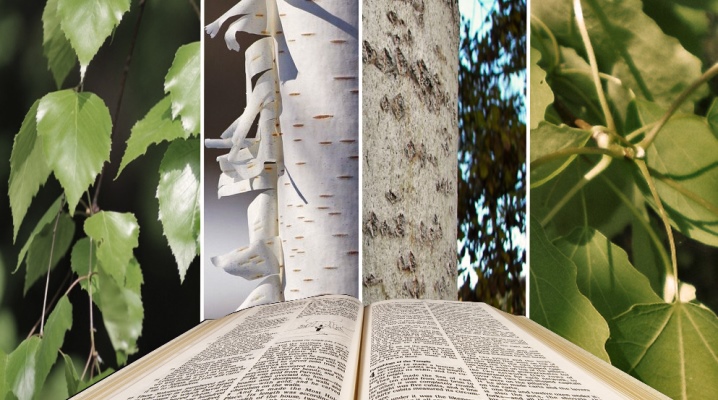
Aspen and birch outwardly have obvious differences between themselves, but still not all people are able to distinguish them. Knowing some of the features of each of these trees, it will be possible to understand which representative of the flora is in front of you. But it's even more difficult to deal with their wood.
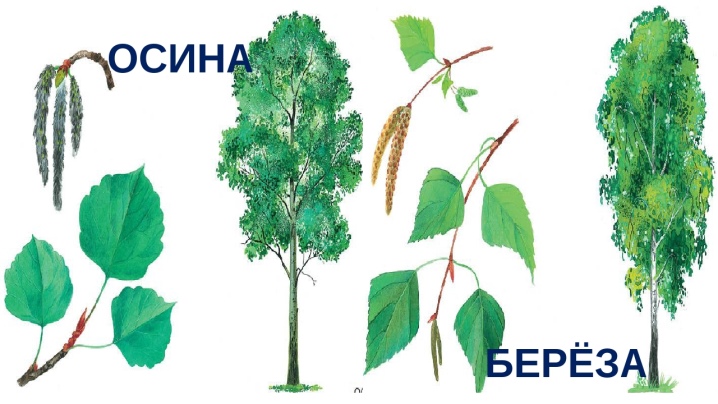
What is the difference between leaves and fruits?
First of all, it is worth noting the differences between the foliage of young aspen and birch. Description of aspen leaves indicates their green color, round shape. The glossy part of the leaf is turned towards the sunny side (it has a bright diamond color). The back part is characterized by dullness, some dustiness.
Leaves are attached to the branches thanks to the long fragile legs. This feature contributes to the fact that they tremble with gusts of wind. In autumn, the foliage turns yellow, but in some aspen varieties it turns red.
The foliage of birch is smaller than that of the above-described representative of the flora. Birch leaves are characterized by a classic shape and the presence of chipping. Young leaves have a bright juicy green color, but over time they fade. In spring, the leaves are sticky, they can stick to human hands.
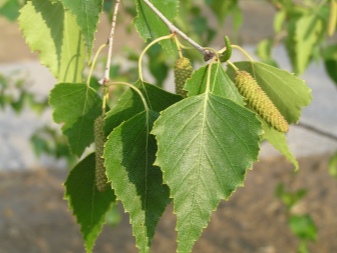
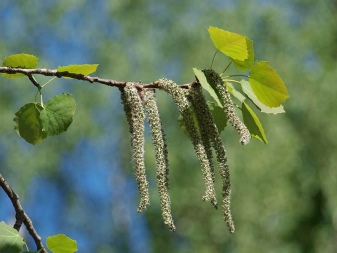
The two trees can be distinguished by their fruit.
- Aspen seed pods are characterized by elongation, as well as the presence of 2-4 valves. Inside such a fruit there are a large number of small seeds with a fringe. Aspen bloom is observed from late May to early June.
- Birch fruits bear some resemblance to nuts, which have thin wings. The fruit is small in size and light in weight. The weight of 5 thousand birch nuts is only about 1 gram. Such seed material is easily carried by the wind.

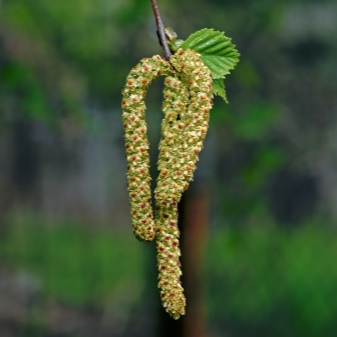
Bark comparison
The differences between aspen and birch can be seen by comparing the features of the bark of these trees. Birch is the only representative of woody vegetation that has a white bark. It is almost impossible to confuse it with a tree of another type. However, practice shows that under improper conditions of existence, birch bark can acquire a greenish, reddish and even black tint.
In addition, this plant is characterized by the presence of black relief cracks on the skin of the bark.

Aspen's bark is gray-green, beige, and sometimes blue. Its lower part is often characterized by a rough structure and the presence of deep cracks. The central part of the aspen trunk is colored green, it is even and smooth.
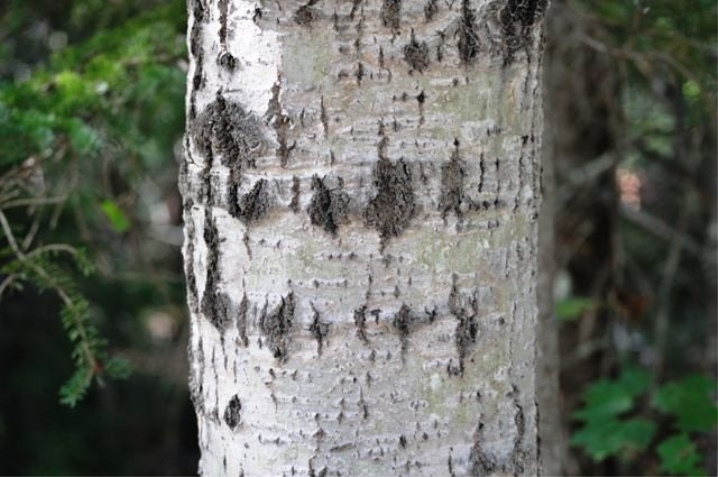
How to distinguish wood?
During the preparation of firewood with the help of an ax, the bark of the aspen tree leaves in large pieces. Birch bark is characterized by softness, it has a small thickness. A significant difference is that birch bark has a large number of layers.
Besides, both types of trees can be distinguished by their branches. In birch, they are thin, dark, cobweb-like, drooping, practically without any rigidity. Wreaths can be woven from these woody parts of the tree, as they bend beautifully.
The branches of aspen are absolutely opposite - they are characterized by great thickness, density, and lack of elasticity. It is rather difficult to bend an aspen branch, it is much easier to break it. They are the same in color as the main color of the trunk wood.
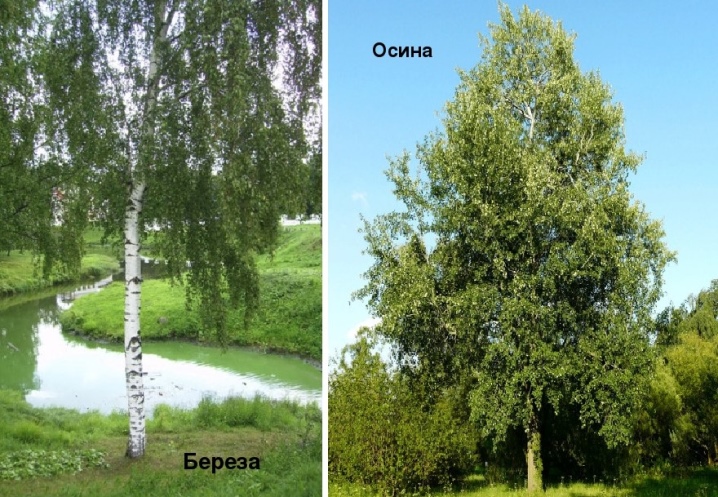
What's better?
It is almost impossible to answer the question which tree is better - aspen or birch. Each person must make choices in accordance with the tasks assigned.For example, some consumers are interested in getting strong wood, while others are interested in how flexible it is.
Aspen wood has the following advantages:
- high hygroscopicity;
- reliability;
- long period of operation;
- moisture resistance;
- lack of the ability to release resin.
In addition, aspen beams are considered environmentally friendly, inexpensive and aesthetically pleasing lumber.

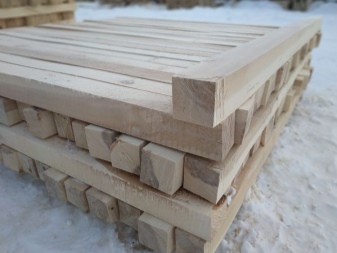
Cons are also present:
- the possible presence of a rotting core;
- the need for high-quality drying.
Birch raw materials have a number of their own advantages:
- high density;
- good impact resistance;
- the difficulty of splitting;
- well colored and tinted;
- acceptable cost.
The disadvantages of birch wood material are low decorative qualities, the ability to bend and deform under the influence of moisture, as well as low fire resistance. Which tree is better, each consumer should decide for himself, but only after specifying what his personal requirements the wood should meet.
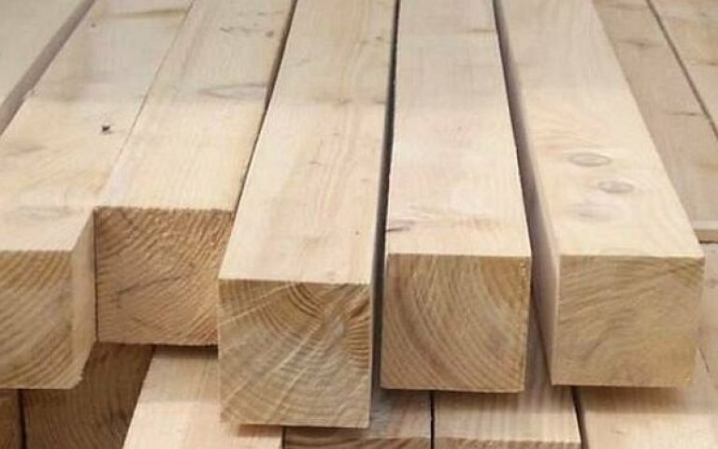































































The fence is better from aspen, the handle for the ax is from birch.
The comment was sent successfully.